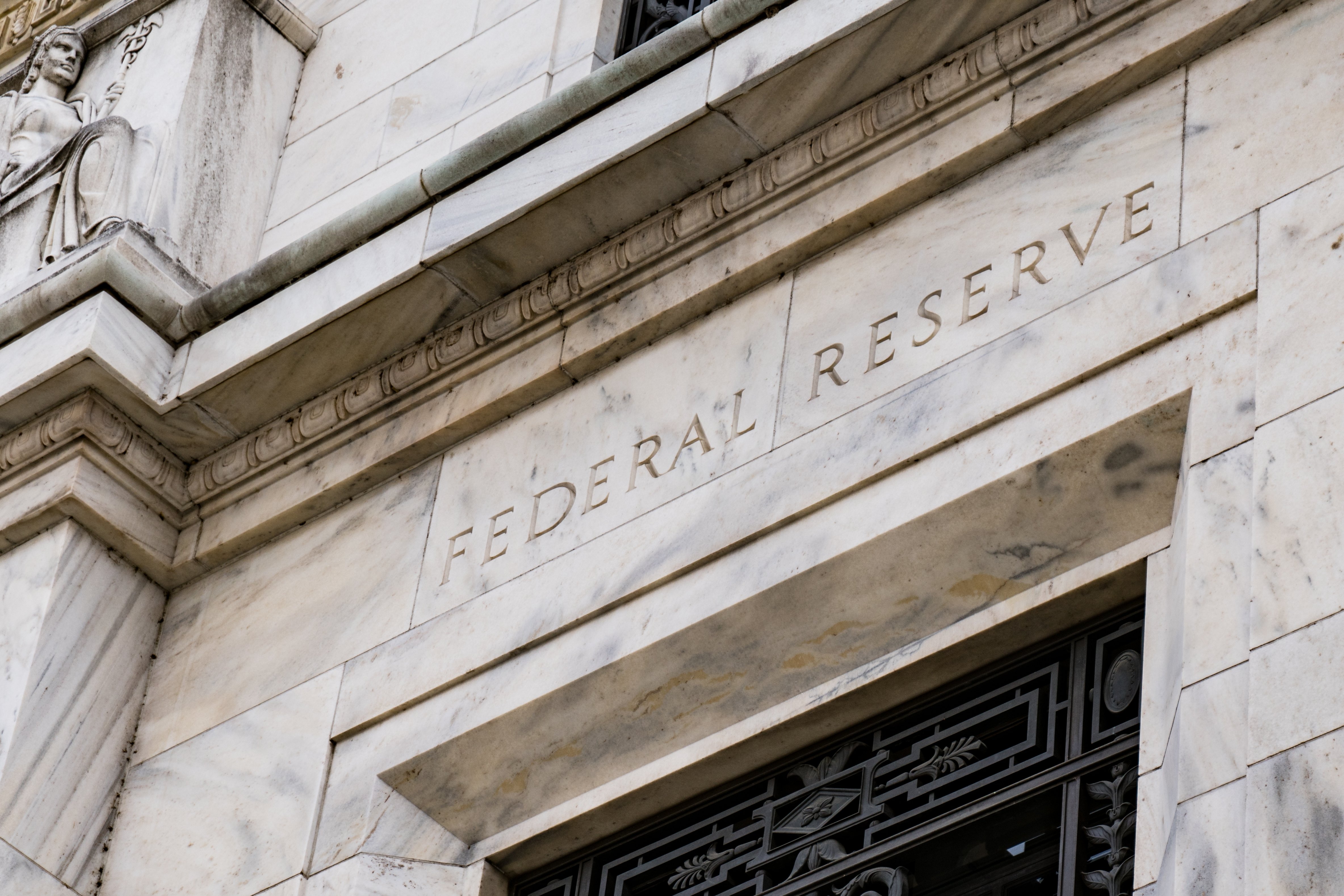Download the PDF

What's the outlook for the Fed and US economy moving forward?
There has been one question that has dominated financial markets in 2024. When will the US Federal Reserve (Fed) start to ease monetary policy and how quickly will they cut?
Back in mid-January, markets were anticipating over six 25bp rate cuts by the Fed in 2024, with the first occurring in March. However, this outlook promptly evaporated on a string of higher-than-expected inflation reports over the March quarter. By late May, market expectations had shifted to just one 25bp rate cut in 2024, which was also the median Fed participant’s view at their mid-June meeting. Our forecasts also shifted on the incoming data, although less so, from an expectation of four 25bp cuts back in January down to an expectation of just two cuts.
But since June, inflation outturns have become more benign and over the last couple of months increased signs of cooling have emerged in the US labour market. It is this shifting balance of risks to the Fed’s full employment mandate and increased conviction that inflation is on track to fall to the Fed’s 2% target that framed the Fed’s decision this week. And rather than opting for a 25bp cut, the Fed decided to act more aggressively and deliver a 50bp cut to kick-off its easing cycle, lowering the target range for the federal funds rate from 5.25-5.50% to 4.75-5.0%.
In the accompanying press conference, Fed Chair Powell justified the move as it’s “time to recalibrate” its policy settings to more appropriate settings given the progress made on inflation and risks around employment. What does this mean? Should we expect more 50bps cuts by the Fed at upcoming meetings?
Our sense of the Fed’s thinking is that another 50bp cut in November is not their base case, although this could easily shift if a larger-than-expected deterioration occurs in the labour market over the next couple of months. Chair Powell noted that “we don’t think we’re behind” and that we should not look at the size of the cut as “this is the new pace.” Looking at the Fed’s dot plot projections, the median view is for a further 50bps of cuts in 2024, most likely via a 25bp cut in November and December, followed by 100bps of cuts in 2025 and 50bps in 2026. This would leave rates at the Fed’s upwardly revised long-run expectation of 2.875%.
Despite the 50bp move, Chair Powell struck a slightly upbeat and hawkish tone at the press conference. The Fed expects real GDP growth to remain solid at 2.0% per annum over 2024 to 2027, just a touch below the average 2.2% pace seen over H1 2024. Unemployment is forecast to rise, but only modestly, increasing from 4.2% currently to 4.4% by the end of 2024. Unemployment is forecast to track sideways through 2025, and then edge modestly lower to 4.2% by 2027. As Fed Chair Powell emphasized, “the labour market is actually in solid condition and our intention with our policy move today is to keep it there.”
With inflation still above target, the Fed is not declaring victory over inflation just yet. While Chair Powell remains encouraged by the recent progress, the core PCE inflation rate is forecast to be 2.6% at the end of 2024 (compared to 2.8% forecasted in June) and 2.2% by the end of 2025 (vs 2.3% in June) and not reach the 2.0% target until 2026 (unchanged since June). This balancing act between achieving the last mile lower on inflation and preventing further weakness in the labour market will be key to the Fed’s future rate decisions. Clearly, the Fed will remain data dependent and take a meeting-by-meeting approach to its upcoming decisions.
Our view on the US outlook over the next couple of years is similar to the Fed’s revised projections. We expect year-ended real GDP growth to slow to 1.9% in 2024, 1.8% in 2025, 2.1% in 2026 and 2.0% in 2027. We also expect unemployment to peak at 4.4% by the end of 2024 and remain there over 2025 before beginning to edge lower in 2026. On inflation, we expect the core PCE inflation rate to end 2024 at 2.7%, before easing to 2.1% by the end of 2025 and 2.0% by 2026.
Given this outlook, our view on rates is similar to the FOMC median projection over the next couple of years. We expect a further 50bps of cuts in 2024, 100bps in 2025 and 25bps in 2026. Our view is for one less cut by the Fed in 2026, reflecting our assessment of the long-run neutral rate of closer to 3.125% compared to the Fed’s current assessment of 2.875%. The Fed has been gradually reassessing this long-run neutral rate, lifting it from 2.5% in December 2023 to 2.875% currently, and we expect a further modest lift over coming quarters.
So far, the Fed has been able to keep the US economy on the narrow path towards a soft-landing. While our baseline view is that the Fed will be able to continue to tread this path, uncertainty remains elevated, and we continue to place the odds of a recession in the US economy at around 25-30%. The path ahead for US monetary policy is not set in stone, and the Fed will need to skillfully navigate not just the evolving economic conditions but also any shifts stemming from Washington D.C. after the November elections. Whatever the outcome in November, an independent Federal Reserve will remain crucial for the US economy to achieve both price stability and full employment.
